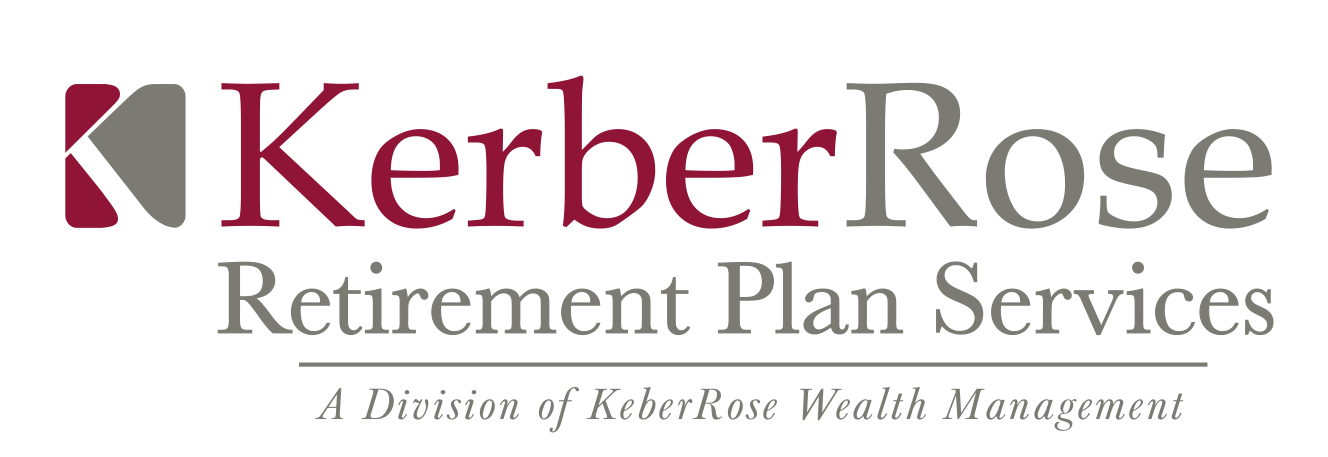New Catch-Up Contribution Law Effective January 1, 2025
Effective January 1, 2025, a new provision allows participants aged 60-63 to make additional catch-up contributions. This is an optional provision that plans must adopt as part of SECURE 2.0 to permit these extra catch-up limits.
Participants who reach age 60 but are not older than 63 by the end of the calendar year can benefit from this additional catch-up contribution if they have already met the maximum deferral limit. Once participants turn 63, the standard catch-up limit for those aged 50 and over will apply starting from the calendar year in which they turn 64.
If allowed by a 401(k), 403(b), or 457(b) Plan, the increased catch-up limit is the greater of $10,000 or 150% of the standard catch-up limit, with adjustments for cost of living by the IRS in $500 increments. While the 2025 catch-up limit is not yet known, the limit for 2024 is $7,500.
For example, using 2024 limits in 2025, the catch-up limit could be $11,250 (150% x 7,500), plus the deferral limit of $23,000, bringing the total deferral to $34,250 but only for participants aged 60-63.
Plan Sponsors will also need to consider the following if allowing for the optional increased catch-up limits:
Communicate to participants about the higher catch-up limits.
Update enrollment/deferral agreement forms to reflect this option.
Ensure your payroll provider has the functionality to track eligible participants and allow for an increase in limits.
For questions or guidance regarding these provisions, please contact our team.
Tony Powers, AIF®, CFP®, CRPS® Shareholder
Tony Powers, President of KerberRose Wealth Management, has more than 20 years of experience in the financial services industry. He specializes in helping private and public sector employers set-up and manage their employee retirement plans. Tony provides Fiduciary Services and Support, Plan Design Consultation, Plan Benchmarking and Financial Wellness.


